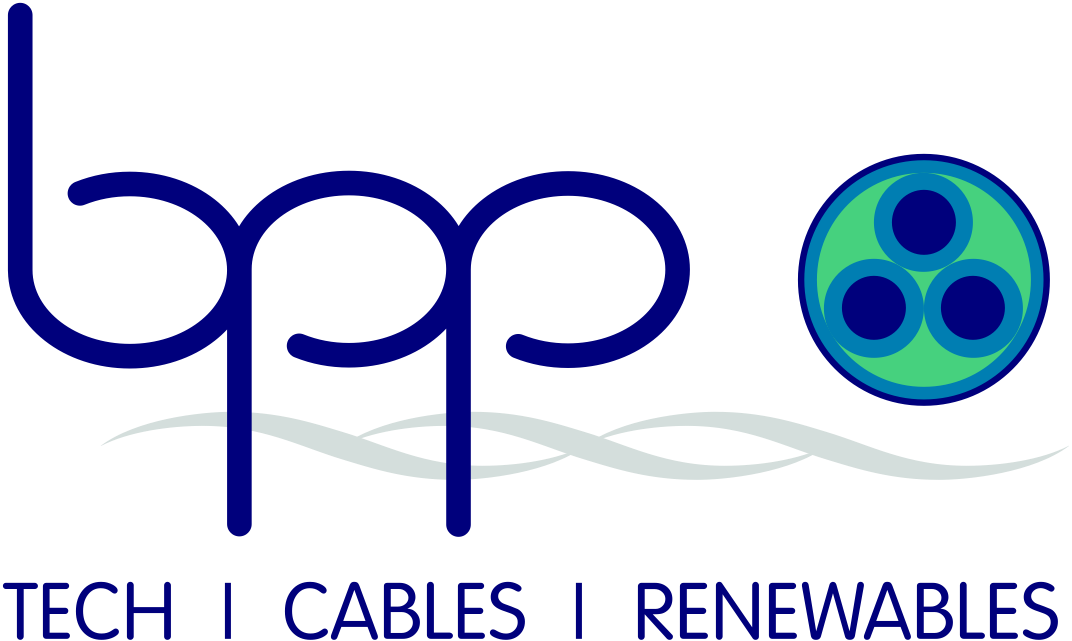Case Studies
Cable Handling, Laying and Recovery
BPP has developed methodologies and software modules for carrying out cable handling, laying, and recovery analyses. These methodologies are collectively called CHARM. They can be used as an operation planning tool, or as a training facility enabling users to evaluate the effects of parametric changes in operational procedures.
GHigha: Green H2 for the Isle of Gigha
The Isle of Gigha (IoG) is a community-owned island in Scotland. The islanders meet most of their electrical demands with community-owned, grid-connected wind turbines of a total installed capacity of 1.005 MW. However, the low voltage subsea cables connecting the island to the National Grid limits energy exports to 1MW and is prone to faults due to network stability issues. This is preventing the island from fully utilising its renewable energy potential.
Low Carbon Hydrogen Supply 2 Project
Climate change and the need for sustainability are all driving a growing opportunity and requirement for Green Hydrogen production. Technological improvements are reducing the cost of production and transport of Green Hydrogen, making it increasingly commercially attractive. BPP has discovered a market need for assessing the feasibility of various configurations of Green Hydrogen production systems.
OptiH2Float – Offshore Green Hydrogen Production
H2 is a cost-efficient energy carrier. Its high energy density makes it an ideal fuel for vehicles, ships and industrial processes. H2 applications are expected to be commonplace by 2030 for residential and commercial sectors.
Using far-offshore wind power to generate GreenH2 has the potential of reducing global emissions to meet Net Zero targets by 2050. It is also expected to be a major driver for economic growth and job creation by 2030, as targeted by the UK government.
Powering Up: The PowerCab JIP
BPP managed the PowerCab Joint Industry Project (JIP) on behalf of the four participating companies: BG Group; BP Exploration; DUCO (Technip) and Shell UK.
The PowerCab JIP Work Programme concerns the development of subsea electrical power cable designs with high dynamic loading capacity. The project was carried out in two phases, both of which have been successfully completed.
Standing the Test of Time
Subsea umbilicals deliver power, communications, hydraulic control and production chemicals to subsea equipment and are an integral element of offshore oilfield development. Failure of umbilical components in remote installations can be extremely expensive both in lost production and in rectification. Insufficient knowledge of their complex behaviour has often led to defective design, manufacture, installation and operation.
Solar-Hydrogen & Oxygen Production System for Hospital in Philippines
A remote hospital with unreliable energy access can achieve energy independence and provide essential medical resources by implementing a sustainable solar-powered system that also generates oxygen, hydrogen, and water. This integrated solution ensures a consistent and eco-friendly supply of both energy and oxygen, critical for healthcare operations.
Scouring the Shallows
The disturbance to water flow patterns caused by seabed installations can result in localised erosion and, if left unchecked, this so-called scouring may threaten the integrity and stability of sub-sea foundations. With environmental concerns bringing ‘green’ energy sources such as tidal, wave and wind power increasingly into the energy mix, there is a pressing need to be able to accurately predict structure induced scour so that reliable and cost effective protection can be deployed.
Solar – Hydrogen Microgrid for Cameroon
Solar-based hydrogen generation systems could offer a commercial solution to store and deliver energy to locations with reduced access to national infrastructure based power sources but that have abundant solar energy, such as most of the African regions. Technological improvements are reducing the cost of Hydrogen production, making it increasingly attractive.
Solar-H2 for Remote Hospital Facilities in Papua New Guinea
A solar based mini-grid provides a sustainable solution for a remote hospital operating off the national energy grid. By incorporating oxygen, hydrogen and water production into this system, the energy and oxygen demands of a health-care facility can be met whilst also improving access to electricity and clean water in the surrounding community.
Umbilicals, Cables and Flexible Pipes: Buyer Beware
Subsea umbilicals deliver power, communications, hydraulic control and production chemicals to subsea equipment and are an integral element of offshore development. Failure of umbilical components in remote installations can be extremely expensive both in lost production and in rectification. Insufficient knowledge of their complex behaviour has often led to defective design, manufacture, installation and operation.
